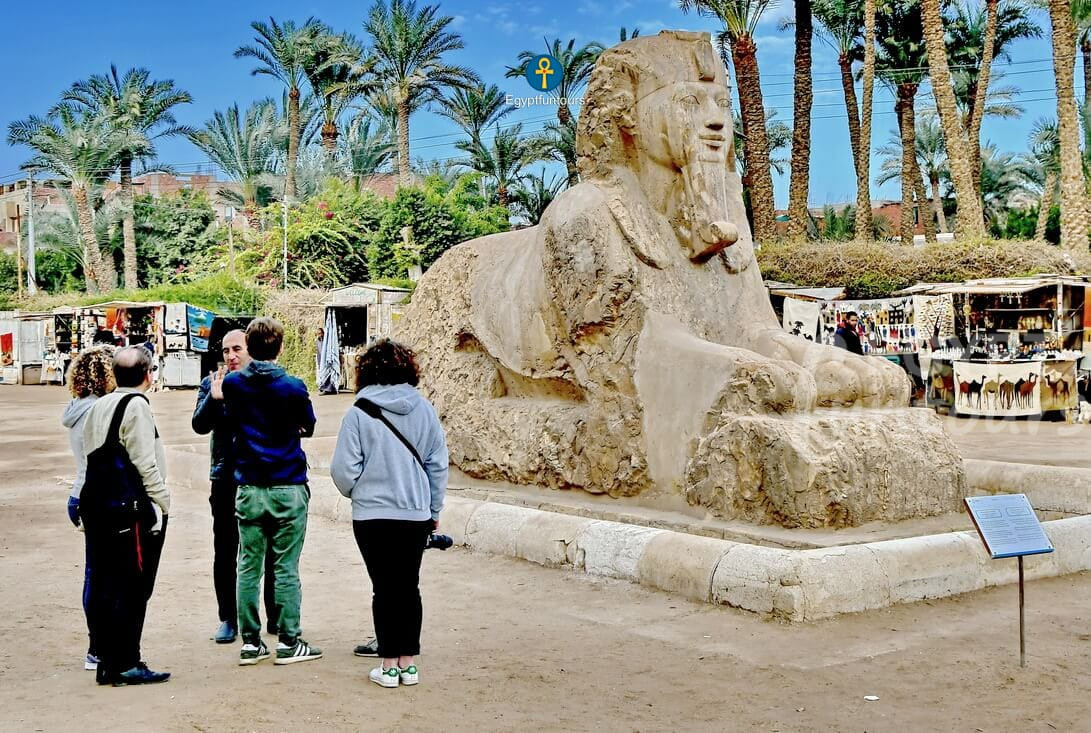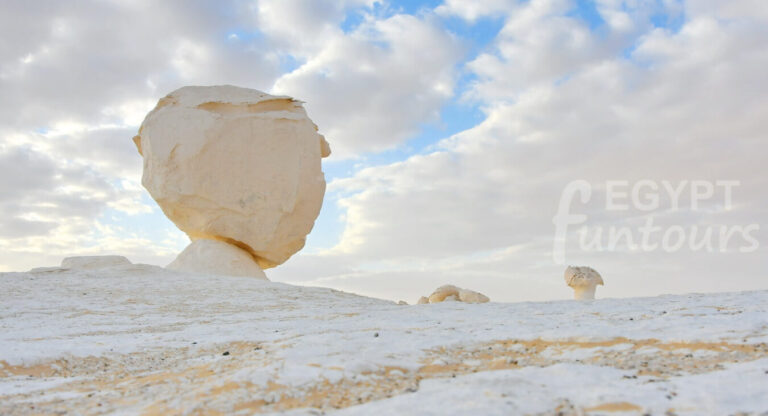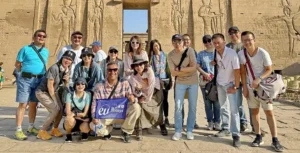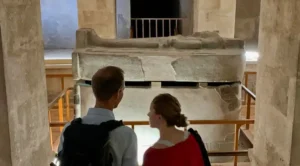The Alabaster Sphinx: A Guardian of Ancient Memphis
The Alabaster Sphinx in Memphis stands as a magnificent testament to ancient Egyptian artistry. This colossal statue is a key attraction at the open-air museum in Mit Rahina, the site of ancient Memphis. Unlike its famous counterpart at Giza, this sphinx features the more serene, almost luminous quality of alabaster. It offers a unique glimpse into the artistic and religious traditions of one of Egypt’s oldest capitals.






























